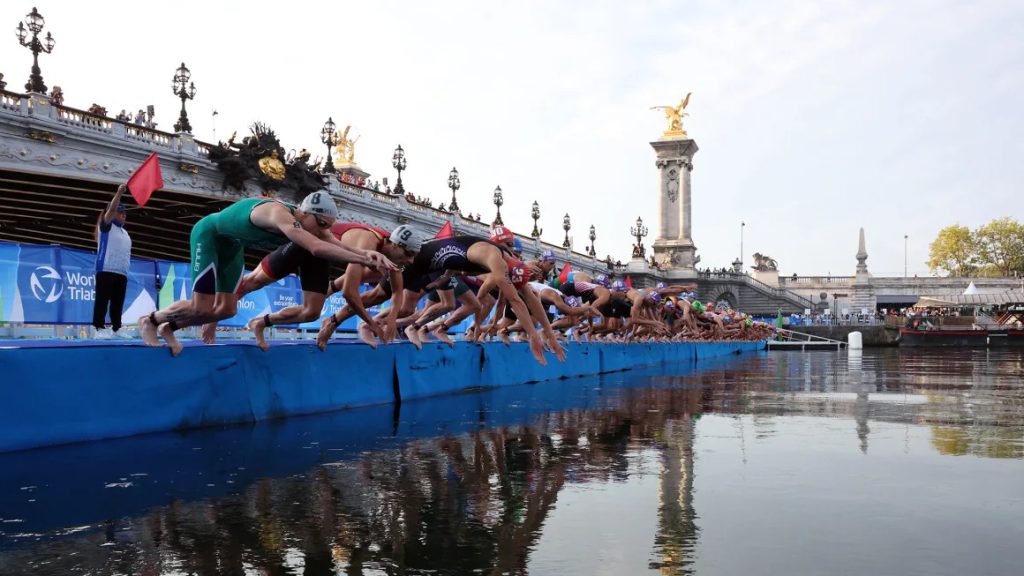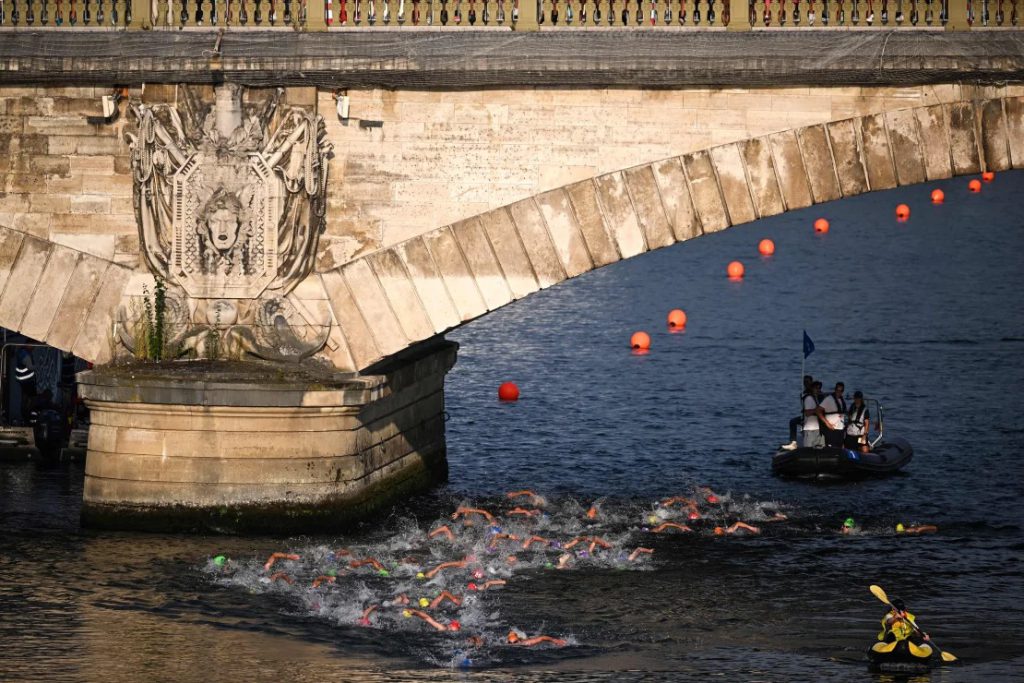
High E. Coli Levels Raise Alarm
With the Paris Olympic Games fast approaching, concerns about the water quality of the River Seine have intensified. Official testing has revealed that E. Coli levels at Alexandre III Bridge, where triathlon events are scheduled, have frequently exceeded safe limits. Between June 3 and July 2, E. Coli levels were above acceptable levels on 22 out of 30 days, posing significant health risks to athletes.
Weather and Water Quality Improvements
Authorities have noted a general improvement in the Seine’s water quality as weather conditions have stabilized. Antoine Guillou, Deputy Mayor of Paris, expressed confidence that the river’s condition will be suitable for the Olympics, attributing recent improvements to more consistent seasonal weather. Mayor Anne Hidalgo also pledged to swim in the Seine to demonstrate its safety.
Impact of Rainfall
Rainfall remains a critical factor affecting water quality. On June 30, following rain the previous day, E. Coli levels surged to 2000 CFU/100mL at Alexandre III Bridge, double the acceptable level for “good” water quality. If E. Coli levels exceed 1000 CFU/100mL, the swimming portion of the triathlon may be canceled, unless deemed safe by the World Triathlon’s medical committee.
Infrastructure and Cleanup Efforts
Significant efforts have been made to improve the Seine’s water quality, including a €1.4 billion investment in cleanup projects. A key initiative is the Austerlitz basin, a rainwater storage facility that can hold the equivalent of 20 Olympic swimming pools. During heavy rains in mid-June, the basin successfully prevented 40,000 m³ of wastewater from entering the river. Despite these efforts, E. Coli levels near Alexandre III Bridge still spiked to around 10000 CFU/100mL during prolonged rainfall.

Monitoring and Future Measures
Continuous monitoring by Fluidion, a technology company, has shown long-term improvements in the Seine’s water quality. Between April and late May, E. Coli levels averaged 3400 MPN/100mL, but dropped to around 880 MPN/100mL between June 24 and July 5. However, authorities remain cautious due to the potential for unseasonal weather events.
Contingency Plans
Paris 2024 organizers have implemented contingency plans to ensure athlete safety. These include options to postpone events or convert triathlons into duathlons without a swimming segment. For marathon swimming events, the Vaires-sur-Marne Nautical Stadium could serve as an alternative venue.
Conclusion
As preparations for the Paris Olympics continue, the focus remains on ensuring the safety and health of the athletes. While recent improvements in the Seine’s water quality are promising, the risk of contamination due to rainfall persists. The commitment of the Paris 2024 organizers and the city’s authorities to monitor and address these challenges will be crucial in delivering a successful and safe Olympic Games.(Superace88)
Key Data Points
| Date Range | Location | E. Coli Level (CFU/100mL) |
|---|---|---|
| June 3 – July 2 | Alexandre III Bridge | Above acceptable levels on 22 out of 30 days |
| June 30 | Alexandre III Bridge | 2000 |
| April – May | Various (Fluidion data) | 3400 |
| June 24 – July 5 | Various (Fluidion data) | 880 |

